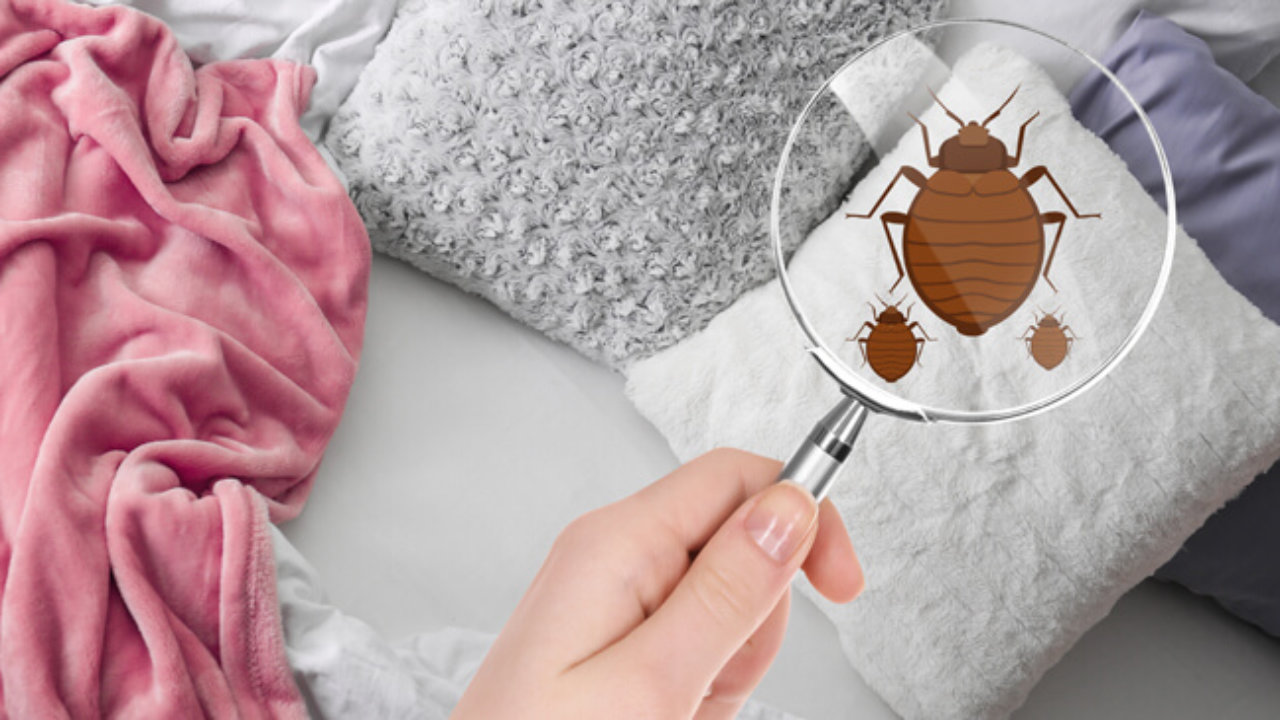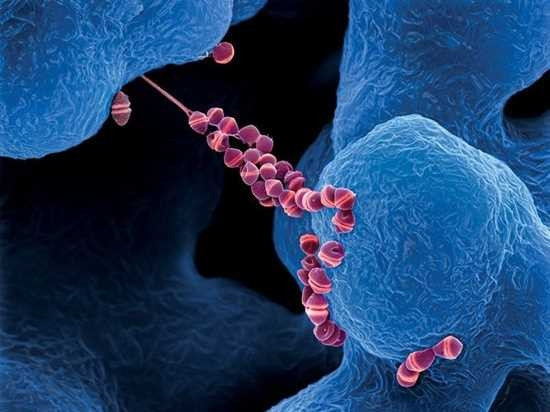How To Check For Bed Bugs At A Hotel And Not Bring Them To Home
Booking a hotel room for a holiday trip? Be cautious of bed bugs. Hotels or motels can be breeding grounds for small insects, which can happily live in a bed and travel home on suitcases and clothing. So, How To Check For Bed Bugs At A Hotel?
Bed bugs feed on the blood of animals and humans, typically while sleeping. There have been quite a few studies that show that bed bugs, unlike mosquitos, do not transmit disease. However, the welts (caused by their bites) can indeed be itchy.”
If these bloodsuckers get inside your luggage, then travel home with you, they can colonize your box springs, mattresses, and furniture, potentially causing an infestation. Nobody wants that as a holiday present. So this article will give a view of how to check for bed bugs at a hotel
How To Check For Bed Bugs At A Hotel

How To Check For Bed Bugs At A Hotel – When you check into a hotel, especially if it’s a lower-class or run-down establishment, you should always seek a room.
You may have an infestation if you smell a strong, musty smell when you walk into the room or lie down on a bed. Bed bugs emit pheromones that can be quite potent since there are a lot of them. The odor has been especially in comparison to the musky odor of a dirty locker or an old wet towel lying on the floor. If you smell something foul in the otherwise clean room, take a closer look.
When performing your inspection, use a torch (the one on your mobile phone may suffice) and begin looking for rusty dark marks. The marks could appear anywhere, such as on the sheets, on the walls, around the bedsprings, and so on. These marks could be caused by their feces or shells. Look at Google Photos to see what those kinds of look like in the most severe infestations (warning: it’s not pretty).
As evidence of an infestation, look for live bugs, feces, eggs, or molted skin. Examine the crevices, cracks, and folds of fabric as well as furniture. Wearing gloves during this inspection is also recommended.
Bed bugs are drawn to heat. Mattresses and beds are the most common places for bed bugs to hide. Examine your sheets for any blood spots that bed bugs may well have left behind. Inspect the tufts, seams, and folds of your mattress, as well as any corners or crevices in your bed.
CHECK THE BED. Remove the mattress as well as box spring and inspect the corners but also seams thoroughly. Use a flashlight and a magnifying glass. Look for rusty, reddish-brown blood spots and/or small brown elliptical (molted bed bug skin).
Bed bugs also enjoy lingering in places in which humans sit or lie idle for extended periods of time. Bed bugs love to hide in recliners, couches, and even office chairs.
CHECK THE ROOM. After having to search the bed, proceed to the rest of the room. Examine any upholstered items, such as chairs, couches, curtains, and carpet edges. Examine the insides of dressers, underneath the bed, and, if feasible, behind the headboard.
Always keep an eye out for the distinctive reddish-brown spots. Don’t forget to look underneath furniture, where fabric fits furniture legs, and between seat cushions. Bed bugs will also try hiding around the room’s perimeter. Baseboards and carpet edges should also be checked.
These are all steps about How To Check For Bed Bugs At A Hotel you should learn to know before you really spend your time in a particular room at that hotel.
9 Symptoms and Signs of Bed BugsF

Bed bugs are small and can hide anywhere around, including cracks in the wall and behind headboards, so you might not see the actual bugs. If you suspect you’ve been bitten by bed bugs, consider the following symptoms:
ITCHY, RED BITES
People rarely think about bed bugs until they have left their mark. The presence of flat, red welts in zig-zag lines or small clusters on humans is a key indicator of bed bugs. Bed bugs can also leave straight rows of bites, and while they do not transmit diseases to humans, and their bites are really quite irritating, scratching them can result in bleeding and infection.
ARMS AND SHOULDERS MARKED
Bed bugs feed on exposed skin, such as the skin on your shoulders and arms, which you may leave exposed while sleeping. This is in contrast to fleas as well as chiggers, which bite all around ankles.
NIGHTS ARE UNCOMFORTABLE
Bed bugs are most commonly found in beds, where humans spend the majority of their nights. It stands to reason that bed bugs are most active at night when humans are sleeping. If you develop itchy welts while lying in bed sleeping (or attempting to sleep), bed bugs are most likely to blame.
A RUGGED BED
The obvious first sign of a bed bug infestation is the bed. After feeding on humans, bed bugs leave behind blood stains that resemble small rust spots. These are usually located near the bed’s corners and edges. Bed bugs shed their skin, as well as molt, numerous times as they mature, then you may come across their oval brown exoskeletons while searching.
What to do if your room has bed bugs

Here are some things you should do if you find bed bugs in your hotel room.
- Photograph the nibbles on your body.
- Photograph any blood on the sheets.
- If you see any insects on the bed, try to catch them.
- When you see them, take pictures of how you caught them. Crushed insects, as well as stains from their waste, may also be found.
- Try to get the hotel staff to come and look at the evidence if at all possible.
- Request your money back -If they argue, threaten them with public humiliation.
- If you prefer, request a room change or try to switch hotels.
- Report to the travel agency
- Leave a review – It also varies depending on how the hotel manages the situation, as previous guests may have brought bed bugs with them, even if the hotel was perfectly clean beforehand. Remember that leaving a negative review can be hugely harmful to a hotel’s business.
- Place your clothes in plastic bags that have been sealed.
What you should do when you return home
The frightening thing concerning bed bugs is that they might follow you home.
- Leaving the suitcase outside the house and put the bags straight into the washing machine.
- Washing my clothes and tumble-dried them on high heat.
- Taking off my shoes and went straight to the bath.
- After showering and changing into fresh clothes, then hoove luggage as well as shoes as fully as possible before emptying the hoover into the outside bin.
The bottom line
These tips about How To Check For Bed Bugs At A Hotel will undoubtedly assist you in ensuring that you do everything possible to avoid bringing undesired bed bugs home from a hotel. Furthermore, if you seriously doubt your hotel room has a problem, request a room change. Hotels are typically accommodating and eager to please their guests. Above all, don’t let bed bugs and bad hotels ruin your vacation.




You should be a part of a contest for one of the greatest blogs online. I am going to recommend this site!